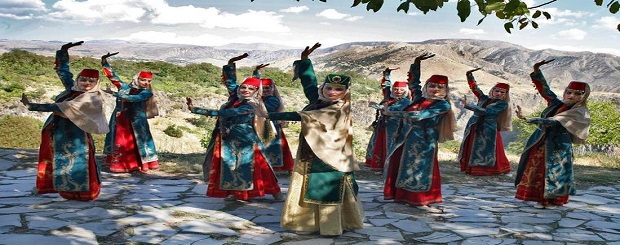
Ancient Armenian New Year – Navasard
January 2, 2019 – Vigen Avetisyan – Culture, History;
The ancient Armenian New Year – the holiday Navasard – was celebrated on August 11. This holiday symbolized the victory of the legendary patriarch of the Armenian people Hayk over the Babylonian tyrant Bel.
According to Armenian historian Movses Khorenatsi, in 2492 BC, the victory of Hayk over Bel marked the beginning of the country named Hayastan – Armenia. By the way, genetic analyses have confirmed that the Armenians indeed originated in the middle of the 3rd millennium BC (Age of mixing of multiple populations).
The word “Navasard” is translated as “New Year” – “nava” means “new” and “sard” means “year.”
Navasard was one of the most favorite pre-Christian holidays of the Armenian people. On this day, celebrations were held throughout the entire Armenia – the royal court, the army, and ordinary people celebrated the holiday.
Navasard was dedicated to the pagan gods of the Armenian pantheon. People believed that the gods had come down to earth, swam in the Aratsani River, and ascended to heaven. From the heavens, they then participated in the festival of Navasard.
According to Armenian stories and traditions, on the day of Navasard, the banquet tables were nearly collapsing under the weight of various dishes, sweets, and dried fruits. The celebration of Navasard was accompanied by various events and competitive games, including a royal hunt and horse race.
Today, Navasard is celebrated by various groups of people in Armenia and the Armenian Diaspora. Modern ethnographers have repeatedly appealed to the highest authorities with a request to make the Navasard holiday official in Armenia.

allinnet.info/history/ancient-armenian-new-year-navasard/?
